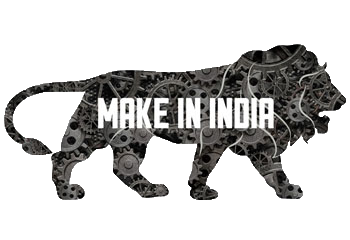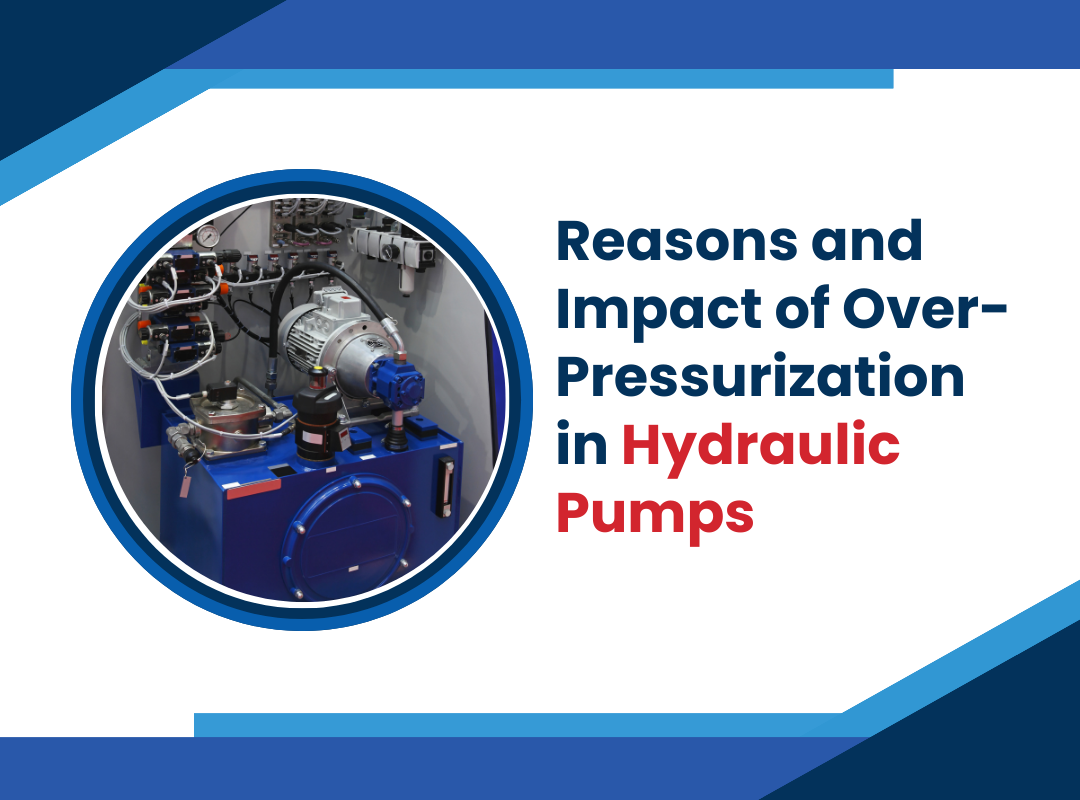This article discusses the causes and consequences of over-pressurization in an air hydraulic pump. Before moving on to the topic, first, let’s understand the basics of working on hydraulic pumps.
The hydraulic pumps hold a significant place in the hydraulic systems. These pumps initially convert the electrical energy into fluid pressure with the help of an electric motor to drive the pump and all the hydraulic drives. The hydraulic fluid delivers its pressure to the cylinders and actuators and hydraulic motors at an optimal pressure level and volume. So this is the overall working of the hydraulic pumps.
Be it a hydraulic pump or hydraulic motor, overpressurization will damage the hydraulic system.
Key reasons for Pump Over-Pressurization
The main reason for pump over-pressurization is the faulty or incorrectly adjusted pressure control devices like pressure-relieving and reducing valves, and lastly, the variable-pump pressure.
In addition, uncontrolled decompression, thermal expansion, and backflow of pressure through the check valves or logic elements can cause pressure transients.
The hydraulic systems that have fast changes in the load might find it hard to get along with the reaction time of the pressure control devices. So it can not prevent any pressure transients that easily exceed the design limits. But luckily, we can prevent this problem when you connect the piston pump and the motor case drain lines to the reservoir directly through dedicated penetrations.
Other crucial reasons include a fluid hammer, where the shock waves are produced when a sudden stoppage or reduction of a fluid flow, faulty pressure regulator, and unintentional heat.
Impacts of Over Pressurization
Over pressurization of hydraulic jack pump components can have undesirable consequences like as
Loss of Lubrication
The hydrodynamic lubricant is present in every component surface of the hydraulic system, and this lubricant helps prevent wear and tear in the moving components.
So by increasing the load on lubricating film, you can highly avoid the damage of components.
Valve Plate Separation
Another negative impact is the component separation. For instance, let’s take the axial piston pump. When the cylinder barrel of the pump is hydrostatically loaded against the valve plate, the hydrostatic forces are required to maintain the hydrodynamic lubrication between the components. When the pressure is high, these forces tend to perform the desired operation effectively. But when the pressure tends to exceed the designed range, the pumps separate the cylinder barrel from the valve plate.
Mechanical Damage
Overpressure will also result in damaging the parts of the hydraulic systems. Overpressure also causes hose and seal failure and damages connected components like cylinders, valves, motors, and more parts. And these problems will result in system failure.
How to Prevent Over Pressurization?
One of the most crucial things to avoid overpressurization is examining the Hydraulic system operation and adjusting the pressure control devices at regular intervals.
Also, check whether the drain lines are connected to the return filter. And case drains must be connected to the reservoir through dedicated penetrations.
Ensure that these penetrations are higher than the unit’s case port and are connected to a drop-pipe inside the reservoir that extends below the minimum fluid level.
The case drain lines don’t need any filters. But still, they allow a small percentage of unfiltered fluid to return to the reservoir. In most cases, the contamination risk is pretty low, and it can also be managed effectively using oil analysis and other condition-based maintenance practices.
Before we say goodbye, remember
Over pressurization of an air hydraulic foot pump repair may be readily avoided with frequent examination and maintenance of the hydraulic system. So look for symptoms like abnormal noise, slow operation, and increased fluid temperature in your system. Then, give a thorough check-up to identify potential problems that can lead to system failure. You can simply monitor the pressure at the inlet and outlet of the pump. Or you can also add a maximum pressure range indicator with a pressure transducer to diagnose problems. If you ignore any abnormal symptoms, it might result in severe accidents.
So that’s a wrap for this article. Thanks for patiently reading it.


